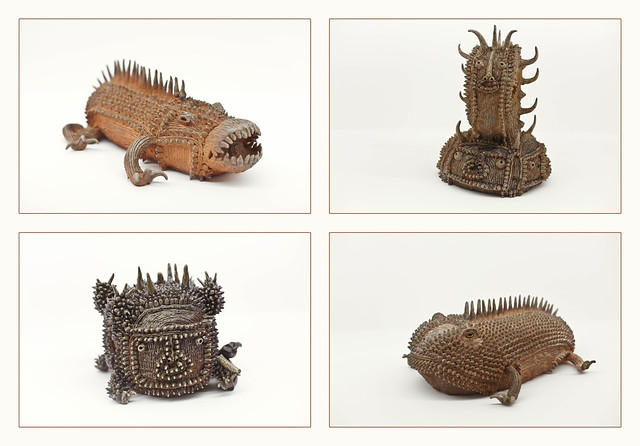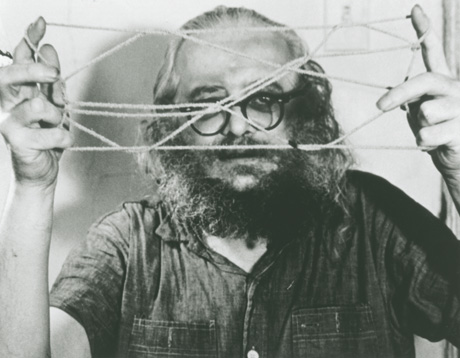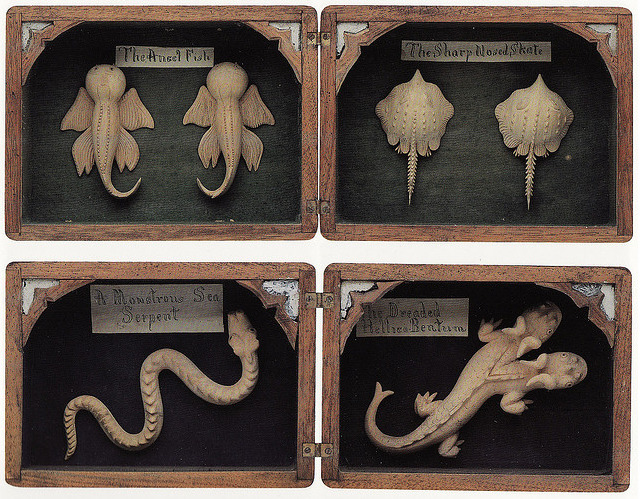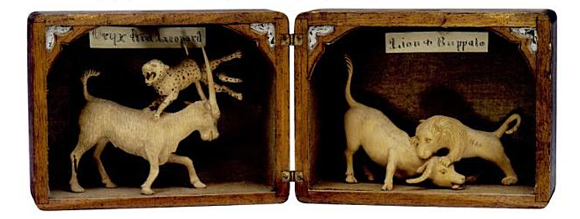The Biennale is a huge event, with two main arenas of which I visited two- Giardini (which I felt was the better one this year) and Arsenale. The exhibitions consists of art, architecture, cinema, dance, music, theatre and more. Also, there's pavillions for different countries and tons of smaller exhibitions and galleries. I had time to visit just the two mentioned above, and even that brought hundreds of artists to my attention. Brilliant!
SCHINICHI SAWADA (Japan, 1982-)
Shinichi Sawada was born in Shiga Prefecture, Japan. Upon completing several years of study in a specialized school, he was received into an institution for the mentally disabled, in the city of Kusatsu. Diagnosed as autistic, he found employment in the hospital bakery. Later, he attended a workshop where he worked with clay. In 2001, the professor directing that workshop launched the construction of a small potter's cabin built of layered sheet metal. It was located deep in the wilds, a few kilometers from the institution. It is here, in this rough-and-ready facility far from the bustle of the city that Shinichi Sawada, together with a few other patients, creates his sculptures.
His magical and monstrous creatures seem to be the fruit of a personal mythology. The creator works silently and with unflagging regularity. The bodies of his sculptures bristle with densely juxtaposed spikes: using his long, slender fingers, he plants these one by one into the either round or cylindrical shapes constituting the central body of each piece. After shaping the bodies, he fires them in a large wood-fired kiln built of earth and ignited only twice a year. This gives them their brownish-red hue in lighter or darker shades, depending on the flames. Subsequently, he sets them down side by side on the shelves of the makeshift studio where he works twice a week.


Isn't he great? These were fantastic!






